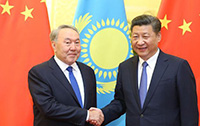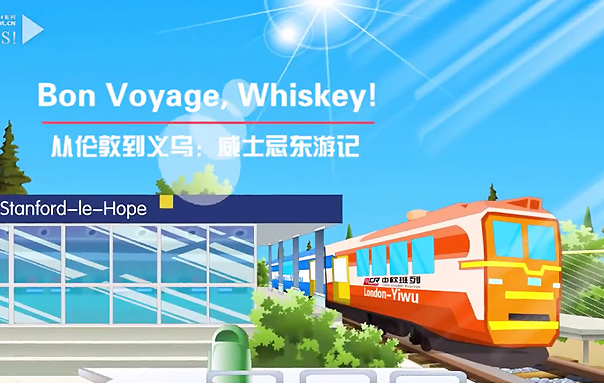Economic community, Belt and Road initiative twin engines for ASEAN development
(Xinhua) Updated: 2015-11-22 18:42China issued in March 2015 the principles, framework, and cooperation priorities and mechanism in the Belt and Road initiative to enhance regional connectivity. The action plan places strong emphasize on orienting the trade routes toward ASEAN countries to help the region upgrade its infrastructure and promote its connectivity.
Chinese Premier Li Keqiang, at the 5th leaders meeting on the Greater Mekong Sub-region (GMS) economic cooperation held in December last year in Bangkok, proposed to deepen the relations between China and the five countries along the Greater Mekong River, including jointly planning and building an extensive transportation network.
For the time being, the five countries along the Greater Mekong River, namely Myanmar, Laos, Thailand, Cambodia and Vietnam, are engaged in building cross-national highways, connecting east and west and linking north to south.
The North-South Economic Corridor has been taking shape with the fully opening of the whole Kunming-Bangkok Highway in 2013. China has also completed construction of an expressway in Guangxi leading to the Friendship Gate and Dongxing port at the China-Vietnam border. The highway from Kunming to its border with Myanmar and Vietnam has also been upgraded.
Building on existing infrastructure, China and Thailand have inked an agreement on a high-speed train project linking Laos and Thailand's Nong Khai to the southern border and Malaysia, with the ground-breaking of the project expected in December 2015.
China and Indonesia have also sealed an agreement to launch a joint venture for a high speed railway linking Jakarta with West Java provincial capital of Bandung.
The project will be conducted on business to business basis, in which the Indonesian side controls 60 percent of the joint venture's stake, while the Chinese partner controls the remaining 40 percent share.
"This is a brand new episode in Indonesia, particularly in transportation project as it will further boost economic activities in areas along the corridor served by the high speed train that eventually contributes to the national economic growth," Chairman of PT Pillar Sinergi BUMN Indonesia said after the signing of the deal.
The China-proposed Asia infrastructure Investment Bank (AIIB) is also expected to play a key role in bridging the huge investment gap in funding ASEAN's major cross-border infrastructure projects, such as the ASEAN Highway Network and Singapore-Kunming Rail Link.
China and other ASEAN countries are also actively investing in their maritime infrastructure. China has carried out ocean-related cooperation with Indonesia, Thailand and Malaysia.
To further boost connectivity in the region, visiting Chinese Premier Li Keqiang, while addressing a meeting between China and ASEAN here on Saturday, pledged infrastructure loans totaling $10 billion for Southeast Asian countries and proposed railway and production capacity cooperation.
The Belt and Road initiative strikingly resembles the ASEAN Master Plan for Connectivity as both initiatives encompass transport connectivity to scale up their economic exchange, social and cultural exchanges through a system of roads and railway links as well as a system of ports, Sothirak commented.
"The initiative will contribute positively toward the enhancement of trade, investment, tourism and people-to-people exchange thereby forging China-ASEAN relations that are even closer to one another."
- China to provide $560 mln free assistance to underdeveloped ASEAN countries in 2016
- China, ASEAN expected to make fortune together
- Malaysian PM announces establishment of ASEAN Community by end of 2015
- China offers ASEAN loans, development proposals amid closer ties
- ASEAN Community: a giant step towards Asian integration
- Chinese premier attends 18th ASEAN-China summit in Malaysia




